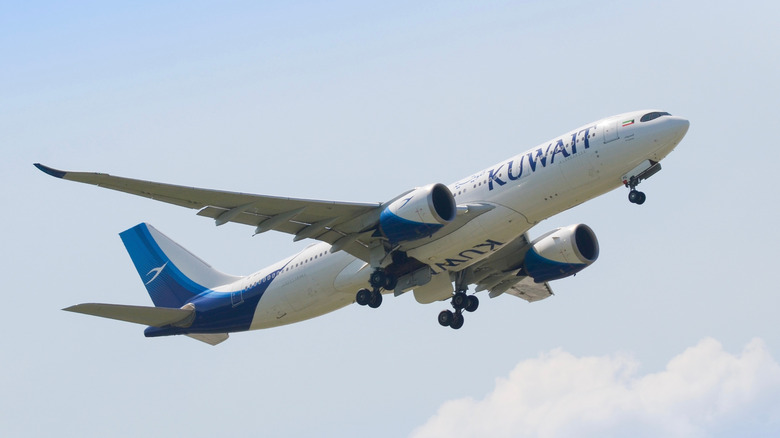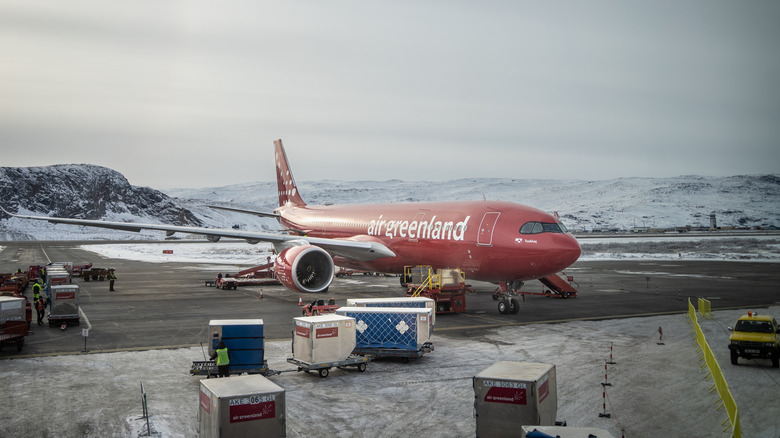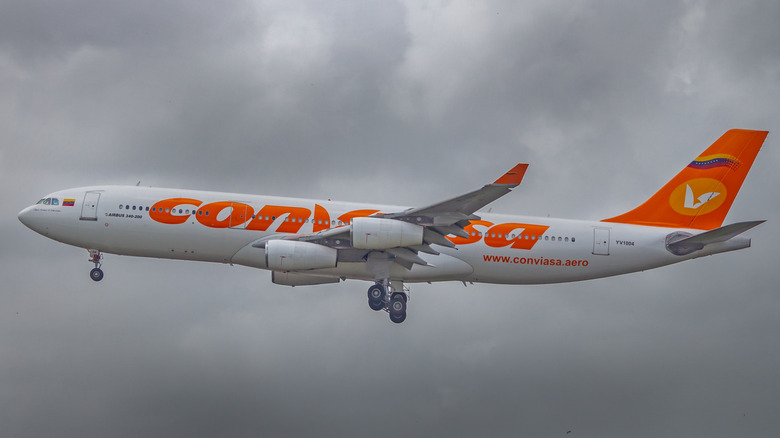What Is The Worst-Selling Passenger Jet Today?
The commercial airliner market is like any other, where some products like the Boeing 727 see massive success, while others struggle to find their wings. The Airbus A330-800neo definitely falls into the latter category. It was launched back in 2014 as part of Airbus' efforts to replace the aging A330-200 and compete with Boeing's ever-popular 787 Dreamliner.
With a sleek Trent 7000 engine made by Rolls-Royce that promised 25% lower fuel consumption and emissions over older models, it was meant to be the smarter, greener choice for long-haul flights. However, as of 2023, only 12 units have been ordered by five customers: Uganda Airlines, Kuwait Airways, Air Greenland, Garuda Indonesia, and an undisclosed private customer. That year, Airbus received just one order for this model, marking its worst sales year. Reportedly, Garuda Indonesia canceled its order for four units in October 2024, meaning actual deliveries are even lower. So, what went wrong?
The flaws that make the A330-800neo a hard sell
To figure out why the A330-800neo hasn't taken off, we need to break down what exactly went wrong in the jet's design and the market's response. While the model boasts a substantial range advantage over its larger sibling, the A330-900neo, it comes at a cost — its seating capacity. The A330-800neo offers fewer seats, which raises its per-seat operating cost. Fewer passengers are seemingly not worth the fuel savings from its extended range. This is a tough pill to swallow for most airlines, especially those focused on cost efficiency.
Most airlines don't even need that additional range. A typical transatlantic flight, for instance, is around 3,500 miles, which is far below the jet's max range. Many carriers also prefer larger cabins for flexibility, since more seats translate to more revenue, particularly from business and first-class passengers. For this, the A330-900neo is simply a better value proposition with its greater capacity, even if it comes with a slightly reduced range.
While the aircraft's low sales numbers may be embarrassing for Airbus, a few airlines that did take the plunge have shared positive feedback. Air Greenland and Uganda Airways, for example, have praised the A330-800neo for its efficiency and suitability to their specific routes. However, customers haven't been immune to the aircraft's limitations. Kuwait Airways, for instance, initially launched the A330-800neo on routes to New York, only to later replace it with a Boeing 777.
Other jets that never quite made it
The A330-800neo is not the only Airbus to have suffered from poor sales. Joining the club is the A340-200, which only saw 28 units being built — airlines considered it too heavy compared to the number of passengers it could accommodate. The model's larger variant, the A340-500, didn't fare well either and only saw 34 airframe orders before being discontinued.
There have been missteps in the other camp, too: Some of Boeing's jets fare significantly worse than others. Take the Boeing 767-400ER, for example. With just 38 units sold, it never quite found its place in the market. It tried to serve the long-haul sector but was overshadowed by the larger 777 and the newer, more efficient 787-10. Then there's the Boeing 737-600, which never caught on despite being a smaller version of the best-selling 737 — only 69 units were ever ordered. Today, only a handful are still flying, mostly with smaller carriers like Air Algérie and Tunisair.
Things seem to be slowly turning for the better for the A330-800neo. A Business Insider report highlights that Uganda Airlines will operate four-times-weekly A330-800neo flights between Entebbe and London Gatwick starting May 18, 2025. This marks the first nonstop connection between the two cities since 2015.


